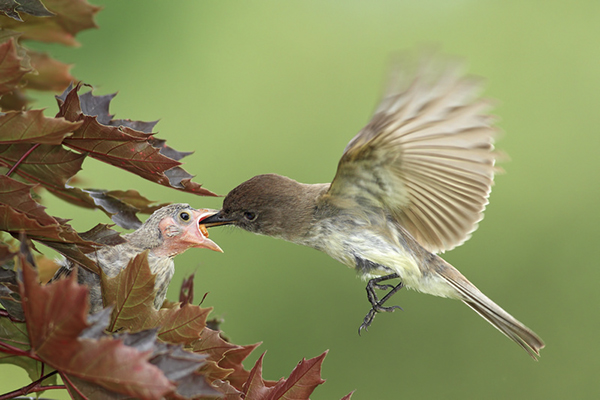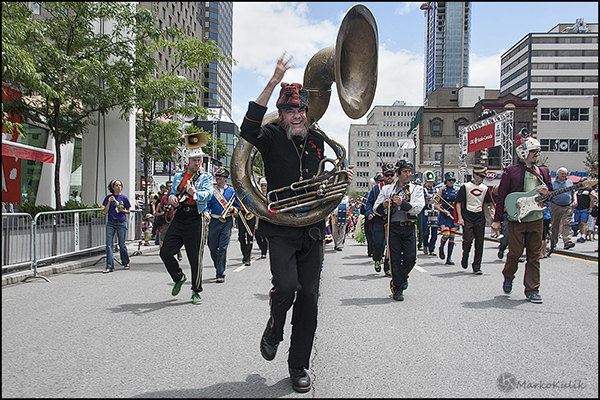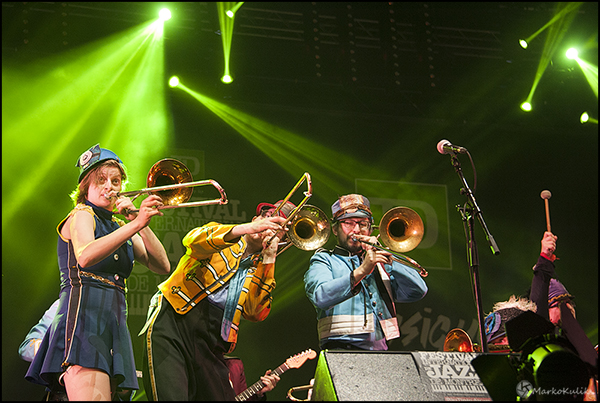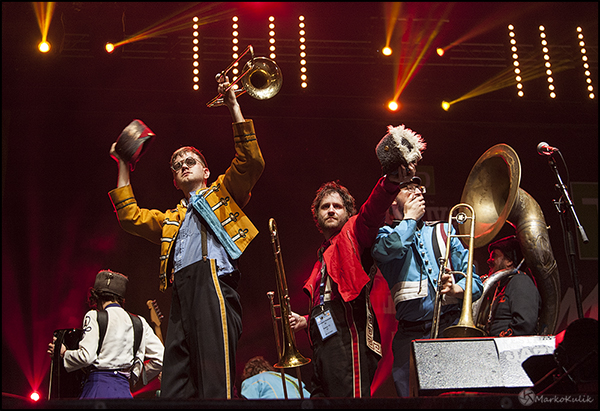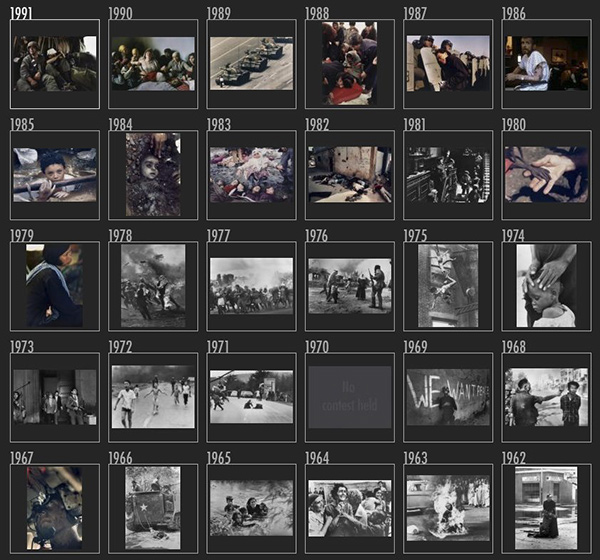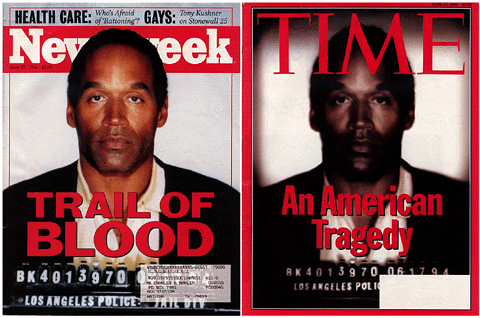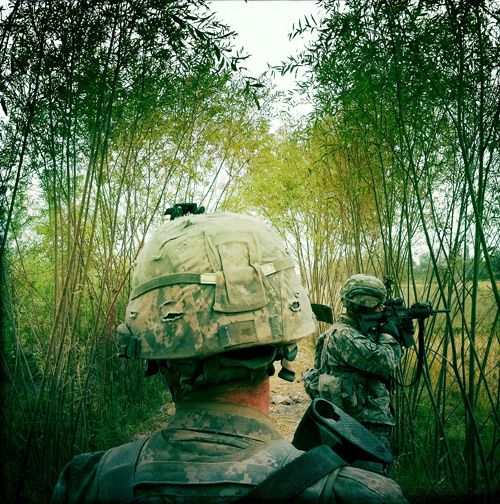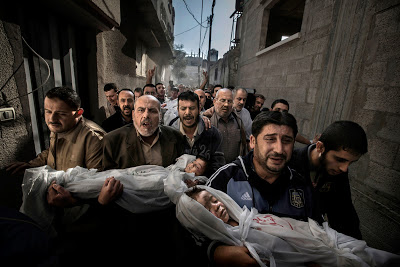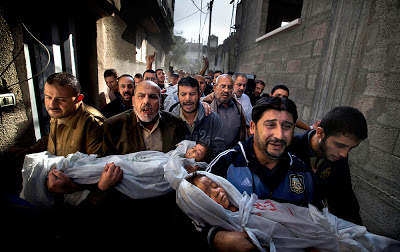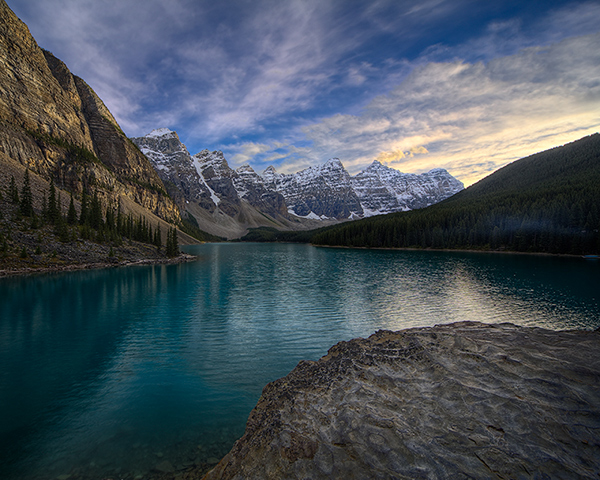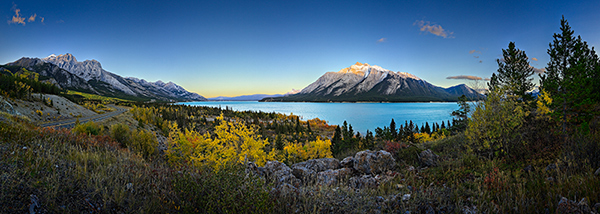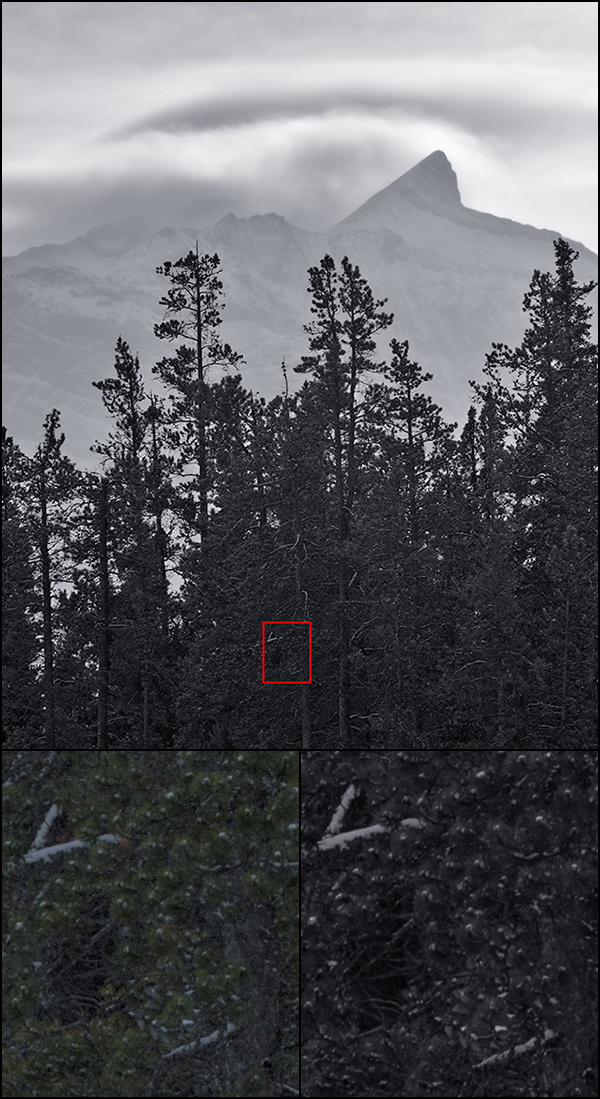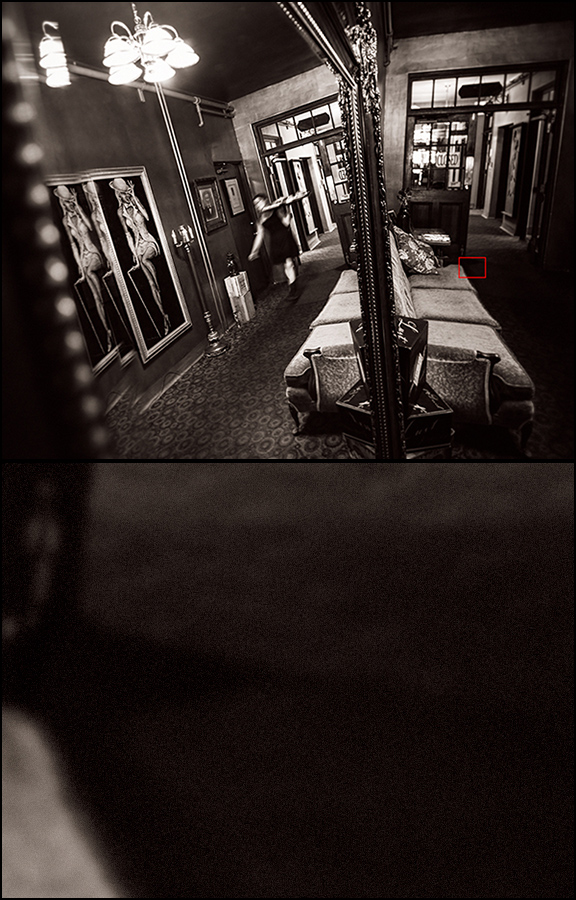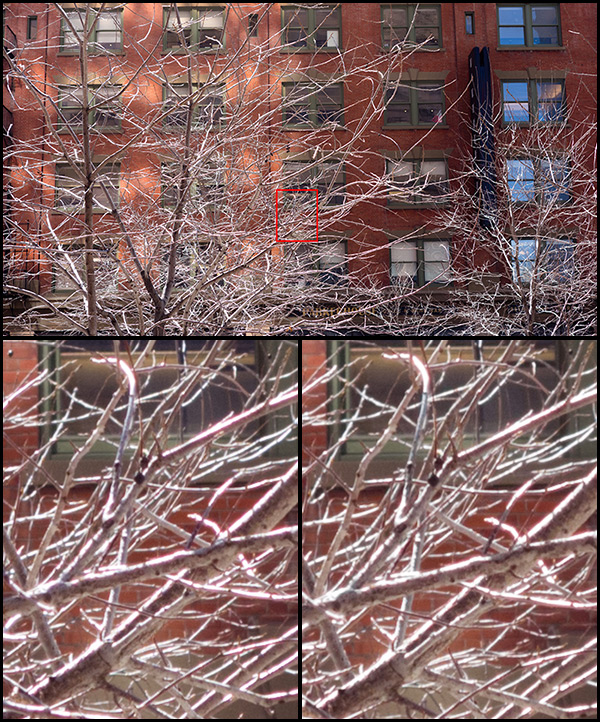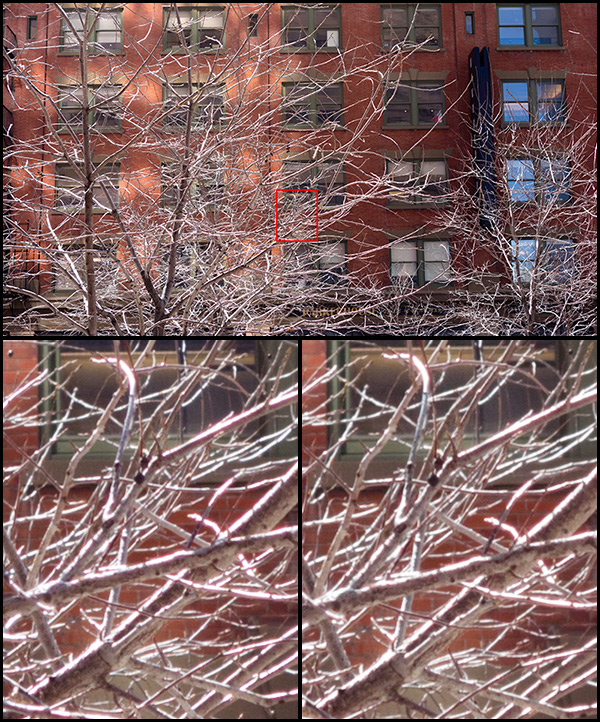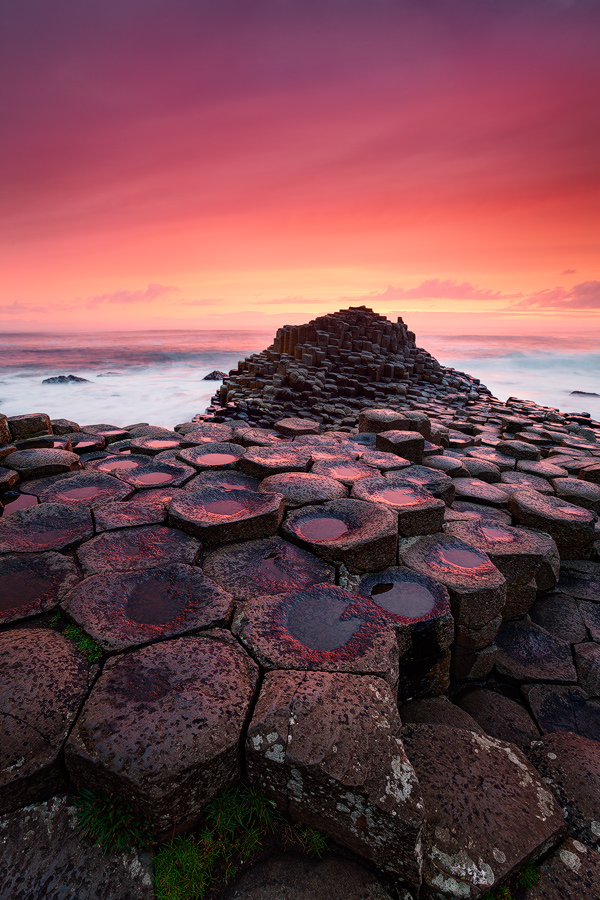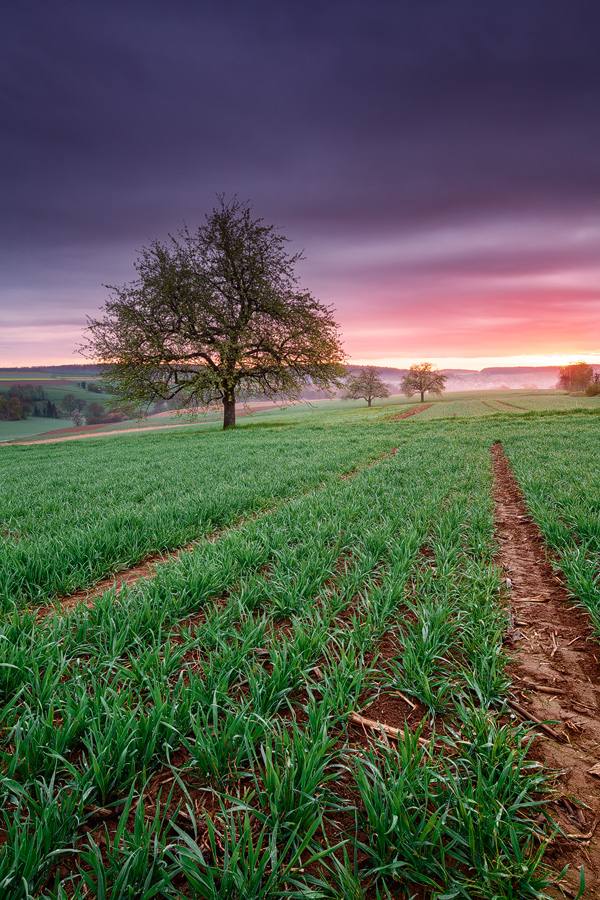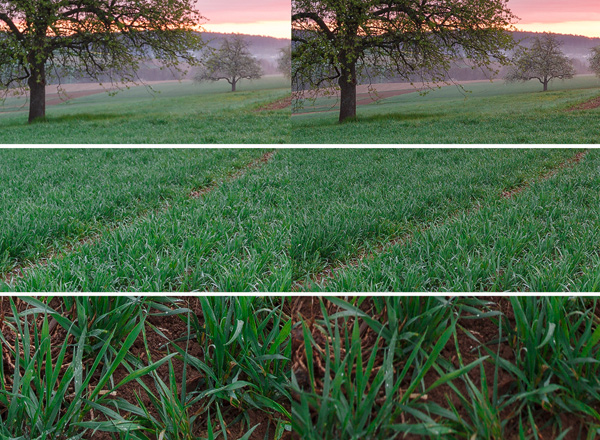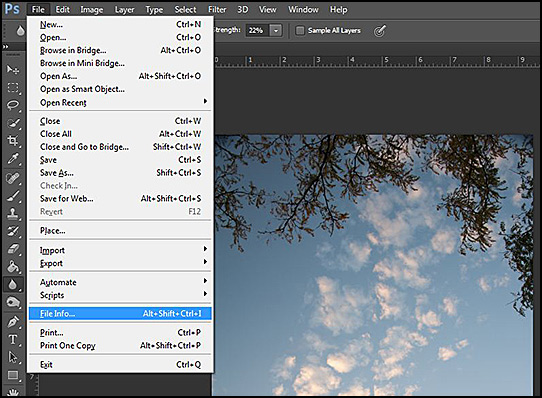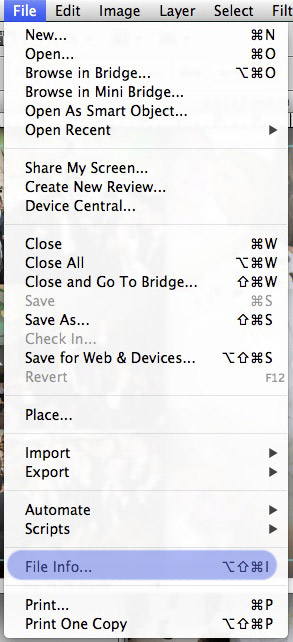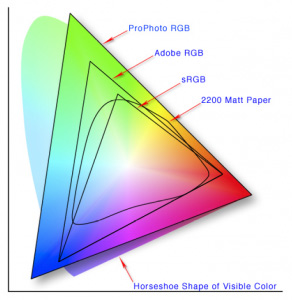Hi Photo lovers!
Every month on our photography forum members nominate images that they like. Then at the end of the month I choose an excellent image and talk about why it rocks. The photo I choose is not necessarily the best one of the month. I’ve come to realize it’s not really logical to pit images from totally different genres against each other. That’s why there are categories in photo contests. I just choose a photo that has extremely strong elements that we can learn from.
Just so it’s clear, the photo I choose is not necessarily the best one of the month. I’ve come to realize it’s not really logical to pit images from totally different genres against each other. That’s why there are categories in photo contests.
My goal is to simply choose an excellent photo and talk about why I think it rocks. This month was another crazy hard month though as the nominations from different genres were of very high quality.
This month’s choice is Fostering by Mike Bons Fostering.
I chose this image for a few reasons:
1 — Focal point sharpness and decisive moment — Look at the sharpness on the eye of the baby bird, it’s just gorgeous. The timing is equally gorgeous; the hummingbird’s beak is inside the chick’s mouth and we can see a hint of a bug. The hummingbird’s legs are wonderfully frozen. Mike explains in his post that he used a ‘triggertrap’ to trigger the shutter from yards away and I just love the use of this new technology to help us make better images. I also applaud the dedication to setting this all up and waiting patiently.
2– Composition — Framing here is bang on as is the guiding of our eyes which go right to the chick. I really like the shape of the hummingbird’s blurred wings. I also like the leaves that are included at the opposite side of the frame and the free space around the hummingbird.
3 — Shutter speed — Wonderful choice of high shutter speed to get sharpness like that on the chick and the frozen hummingbird legs. The motion-blurred hummingbird wings add to this image bigtime and are a testament to how fast that little bugger flaps its wings per second.
For all these reasons, this is my choice for image of the month. Since we all have opinions, some members may disagree with my choice. That’s cool but THIS thread is not the place for debate over my pick, NOR is it the place to further critique the image. The purpose here is to suggest strong elements in the photo that we may learn from.
Congrats Mike Bons!
